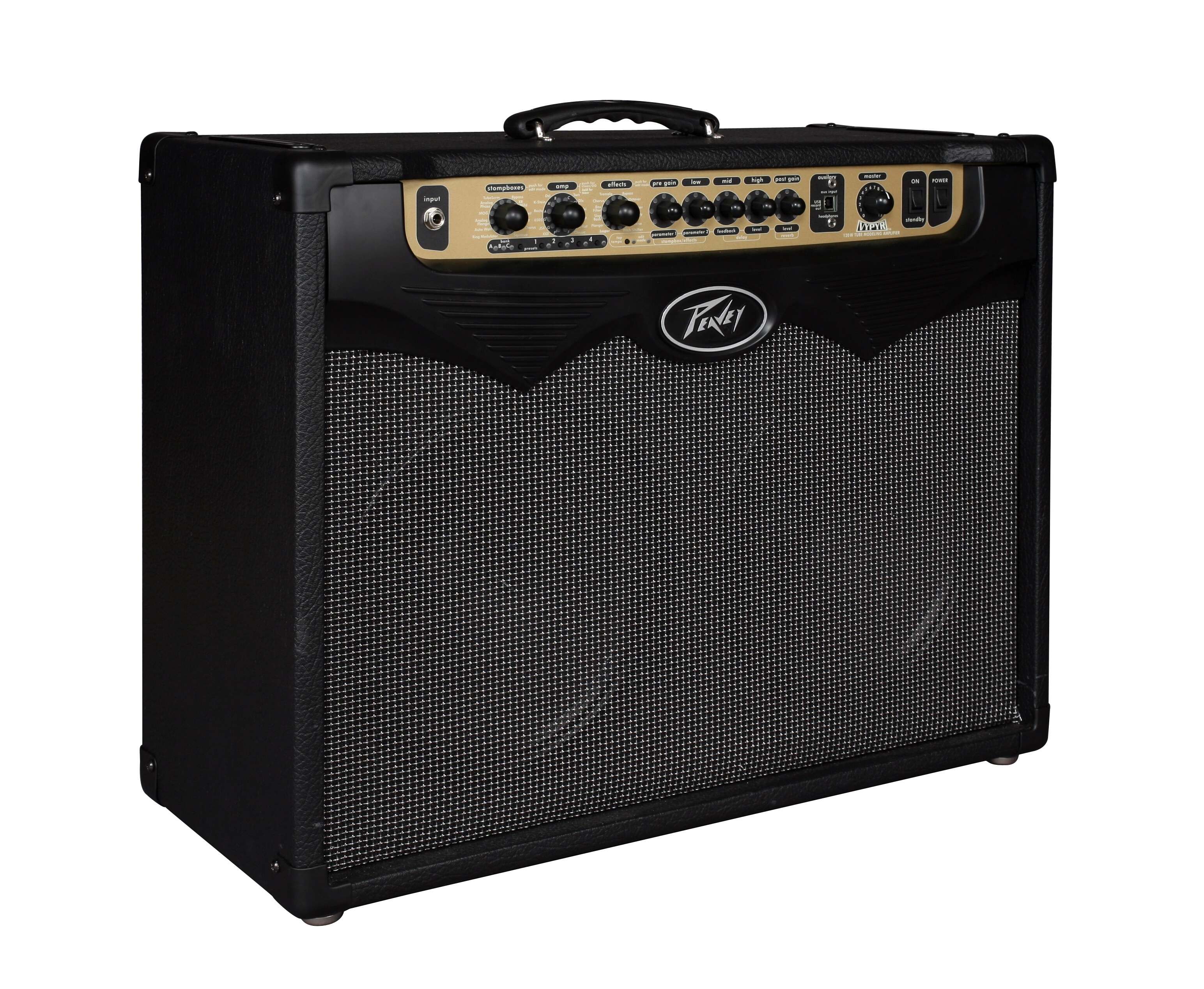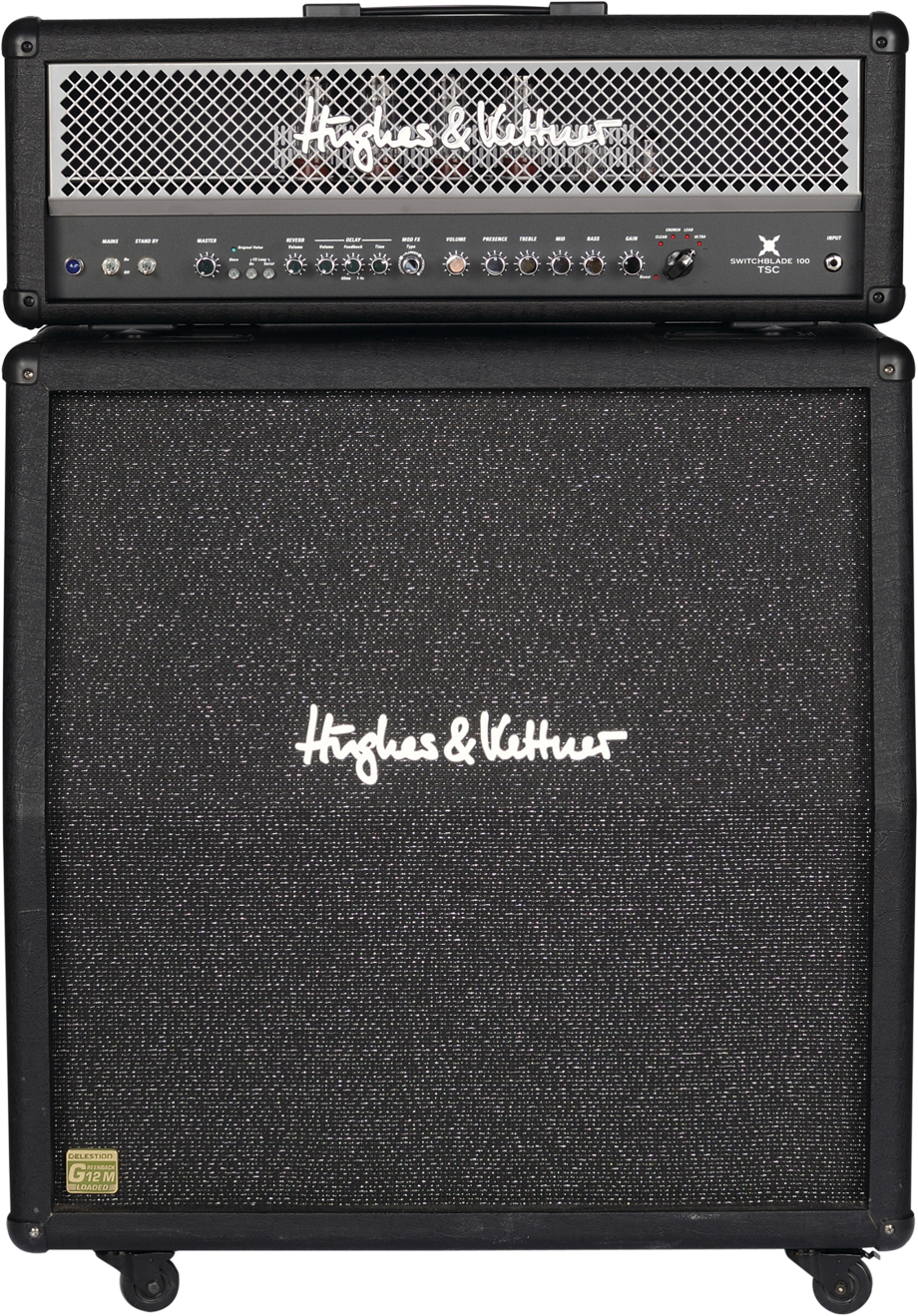Buying your first gigging amp
When it's time to get out of the house and onto the stage, the amp you choose will radically shape your sound. Here's what to look for when buying your first gig-worthy guitar amp.
Check out the Buying Guides section for more gear advice!
How loud?
Output power is measured in watts, and a common mistake is to think that doubling the output power will result in twice as much volume. Not true. A 100-watt amp will only produce a few decibels' volume increase over a comparable 50-watt model, but you should notice an increase in headroom (the level of a clean sound before the amp starts to break up into distortion).
Valve vs solid state amps
You've probably heard it described as 'warmth', 'character' or many other slightly ambiguous terms, but whatever you want to call it, the 'valve sound' is popular with guitarists. The main reason for this is down to the harmonic content generated by pushing a valve into overdrive. Valve amps produce even order harmonic distortion that sounds pleasing to our ears. Solid state amps, however, produce more odd-order harmonics that can sound 'harsh' or fatiguing. There's no right or wrong here - while the majority of big-name players favour valve amps, plenty of legends have famously preferred solid state amps.
Valve amps are usually heavier than a similarly sized solid state model, and valves have consumable parts that need replacing, while solid state amps are lighter, less expensive and generally accepted to be more reliable. However, the recent trend for lower watt valve amps (as low as five watts) serves a few purposes. They're more affordable, lighter and because of their lower output power, they can be driven harder to produce valve power amp distortion at a lower volume level.
Hybrid and modelling amps

Hybrid amps combine either a valve preamp section and solid state power amp, or a solid state preamp with a valve output section. These amps are often lower priced than a full valve amp while still allowing you to add some valve tone to their sound.
Modelling technology has become extremely popular and increasingly more convincing over the last decade. These days, most manufacturers produce amps equipped with models (digital recreations of classic amplifiers) with digital effects and features such as MIDI and USB connectivity. These amps are usually solid state designs, but hybrid modelling amps are becoming common. The main benefit of modelling is the ability to change the sound of your amp at the flick of the switch, taking you from a full high-gain stack sound to a small vintage style combo. Modelling amps offer outstanding value for money and are a good option for beginners due to their relatively low cost and feature sets.
Want all the hottest music and gear news, reviews, deals, features and more, direct to your inbox? Sign up here.
Combo amps vs head and cab

A combo is a self-contained unit housing both the amplifier section and speakers in the same box. Giggable combo amps are usually equipped with one or two 10-inch or 12-inch speakers, and often have separate outputs for connecting an extension speaker cabinet.

A head and separate speaker cabinet configuration is often favoured for louder gigs. By driving 4x12-inch speakers together, the sound is dispersed over a greater area and therefore shifts more air at once. The effect of this is more low-end and a greater ability to cut through a wall of onstage sound.
Deciding on a amp model
Just like guitars, different amps are designed for different styles of music. A vintage sounding 1x10 combo isn't really gonna have the balls required for metal, and a wall of 4x12 cabs with a high-gain head might not give the most convincing blues sound. Think about the venues you'll be playing, the size of the stage, and how you're going to transport your gear. Whichever amp you buy, it'll always feel heavier when you're negotiating the stairs at the end of the gig!
Check out our pick of five of the best gig-worthy amps

Stuart has been working for guitar publications since 2008, beginning his career as Reviews Editor for Total Guitar before becoming Editor for six years. During this time, he and the team brought the magazine into the modern age with digital editions, a Youtube channel and the Apple chart-bothering Total Guitar Podcast. Stuart has also served as a freelance writer for Guitar World, Guitarist and MusicRadar reviewing hundreds of products spanning everything from acoustic guitars to valve amps, modelers and plugins. When not spouting his opinions on the best new gear, Stuart has been reminded on many occasions that the 'never meet your heroes' rule is entirely wrong, clocking-up interviews with the likes of Eddie Van Halen, Foo Fighters, Green Day and many, many more.